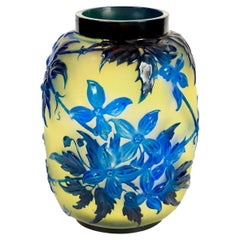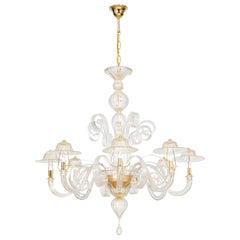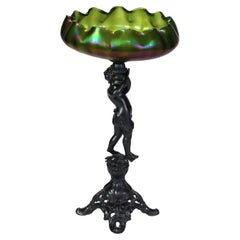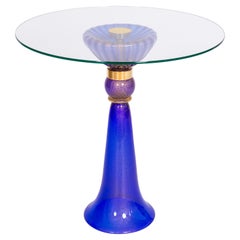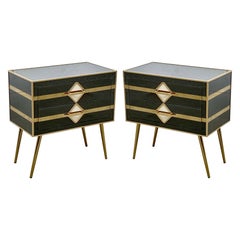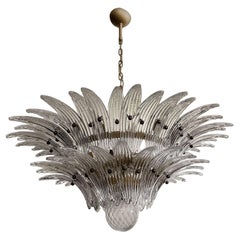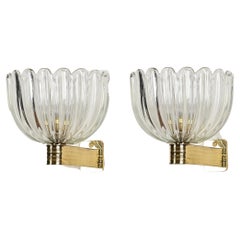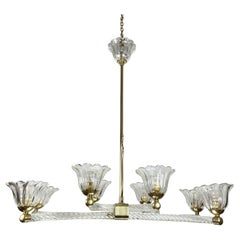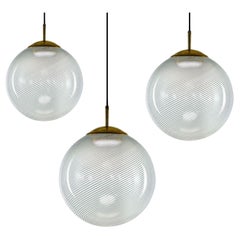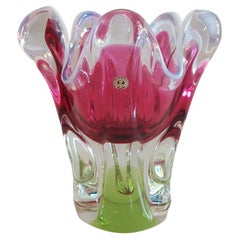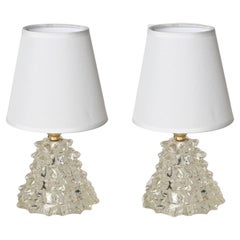Art Glass Furniture
Late 20th Century Italian Mid-Century Modern Art Glass Furniture
Art Glass
1940s Italian Mid-Century Modern Vintage Art Glass Furniture
Brass
Mid-20th Century Italian Art Deco Art Glass Furniture
Brass
21st Century and Contemporary Italian Mid-Century Modern Art Glass Furniture
Brass
Mid-20th Century Czech Mid-Century Modern Art Glass Furniture
Art Glass
1940s Italian Mid-Century Modern Vintage Art Glass Furniture
Brass
Early 20th Century European Jugendstil Art Glass Furniture
Metal, Brass, Wire
1940s Italian Mid-Century Modern Vintage Art Glass Furniture
Brass
Early 1900s French Art Nouveau Antique Art Glass Furniture
Art Glass
1980s Italian Mid-Century Modern Vintage Art Glass Furniture
Glass, Art Glass, Blown Glass, Murano Glass
21st Century and Contemporary Italian Organic Modern Art Glass Furniture
Brass
20th Century American Art Glass Furniture
Metal, Brass
Late 20th Century Italian Art Deco Art Glass Furniture
Glass, Art Glass, Blown Glass, Cut Glass, Murano Glass
Late 20th Century Italian Mid-Century Modern Art Glass Furniture
Art Glass
Mid-20th Century Italian Mid-Century Modern Art Glass Furniture
Copper
Late 20th Century Italian Mid-Century Modern Art Glass Furniture
Art Glass
1930s Italian Mid-Century Modern Vintage Art Glass Furniture
Brass
1890s Czech Arts and Crafts Antique Art Glass Furniture
Art Glass
1940s Italian Mid-Century Modern Vintage Art Glass Furniture
Brass
Mid-20th Century Italian Mid-Century Modern Art Glass Furniture
Glass, Murano Glass, Blown Glass, Art Glass
Mid-20th Century Italian Modern Art Glass Furniture
Art Glass, Blown Glass, Murano Glass
1980s Italian Mid-Century Modern Vintage Art Glass Furniture
Glass, Art Glass, Blown Glass, Murano Glass
2010s Italian Other Art Glass Furniture
Art Glass, Blown Glass, Murano Glass
Early 20th Century European Arts and Crafts Art Glass Furniture
Brass, Copper
1920s French Art Nouveau Vintage Art Glass Furniture
Art Glass
Late 20th Century Italian Mid-Century Modern Art Glass Furniture
Art Glass
1980s Italian Modern Vintage Art Glass Furniture
Glass, Art Glass, Blown Glass, Murano Glass
Early 1900s Italian Art Nouveau Antique Art Glass Furniture
Bronze
2010s Greek Modern Art Glass Furniture
Art Glass, Oak
Mid-20th Century American Mid-Century Modern Art Glass Furniture
Glass, Art Glass
21st Century and Contemporary Italian Mid-Century Modern Art Glass Furniture
Brass
20th Century Art Nouveau Art Glass Furniture
Art Glass
Mid-20th Century Italian Mid-Century Modern Art Glass Furniture
Glass, Art Glass, Murano Glass
1920s French Art Deco Vintage Art Glass Furniture
Art Glass
2010s Italian Other Art Glass Furniture
Art Glass, Blown Glass, Murano Glass
1970s Italian Mid-Century Modern Vintage Art Glass Furniture
Metal
Late 20th Century Italian Mid-Century Modern Art Glass Furniture
Art Glass
1960s Italian Mid-Century Modern Vintage Art Glass Furniture
Glass, Art Glass, Mirror
Mid-20th Century German Mid-Century Modern Art Glass Furniture
Ceramic, Art Glass
2010s Italian Modern Art Glass Furniture
Brass
1920s French Art Nouveau Vintage Art Glass Furniture
Art Glass
Mid-20th Century Italian Mid-Century Modern Art Glass Furniture
Marble, Metal, Brass
2010s Italian Organic Modern Art Glass Furniture
Brass, Silver Leaf
1950s Italian Mid-Century Modern Vintage Art Glass Furniture
Art Glass, Blown Glass, Murano Glass, Sommerso
Late 20th Century Italian Mid-Century Modern Art Glass Furniture
Art Glass, Murano Glass
1980s Italian Mid-Century Modern Vintage Art Glass Furniture
Art Glass
21st Century and Contemporary Italian Modern Art Glass Furniture
Brass
Late 20th Century Italian Mid-Century Modern Art Glass Furniture
Art Glass
Mid-20th Century Italian Mid-Century Modern Art Glass Furniture
Brass
1950s Italian Mid-Century Modern Vintage Art Glass Furniture
Brass
Mid-20th Century Italian Mid-Century Modern Art Glass Furniture
Art Glass
Late 19th Century American Neoclassical Antique Art Glass Furniture
Crystal, Bronze
Late 20th Century Italian Mid-Century Modern Art Glass Furniture
Art Glass
1910s French Art Nouveau Vintage Art Glass Furniture
Art Glass
Mid-20th Century Italian Hollywood Regency Art Glass Furniture
Art Glass, Mirror, Wood
21st Century and Contemporary Italian Modern Art Glass Furniture
Brass
20th Century Italian Mid-Century Modern Art Glass Furniture
Art Glass, Blown Glass, Cut Glass, Murano Glass, Sommerso
1920s French Belle Époque Vintage Art Glass Furniture
Sterling Silver
Late 20th Century Italian Mid-Century Modern Art Glass Furniture
Art Glass, Murano Glass
1990s French Art Glass Furniture
Art Glass
